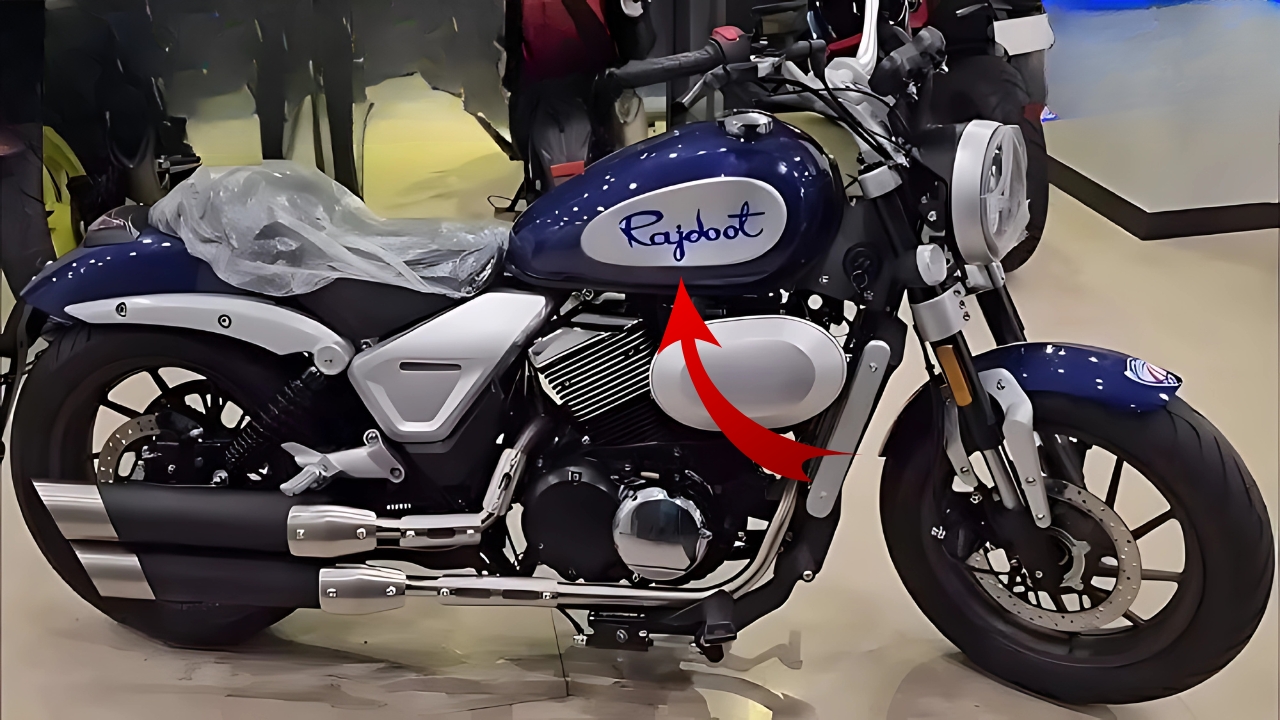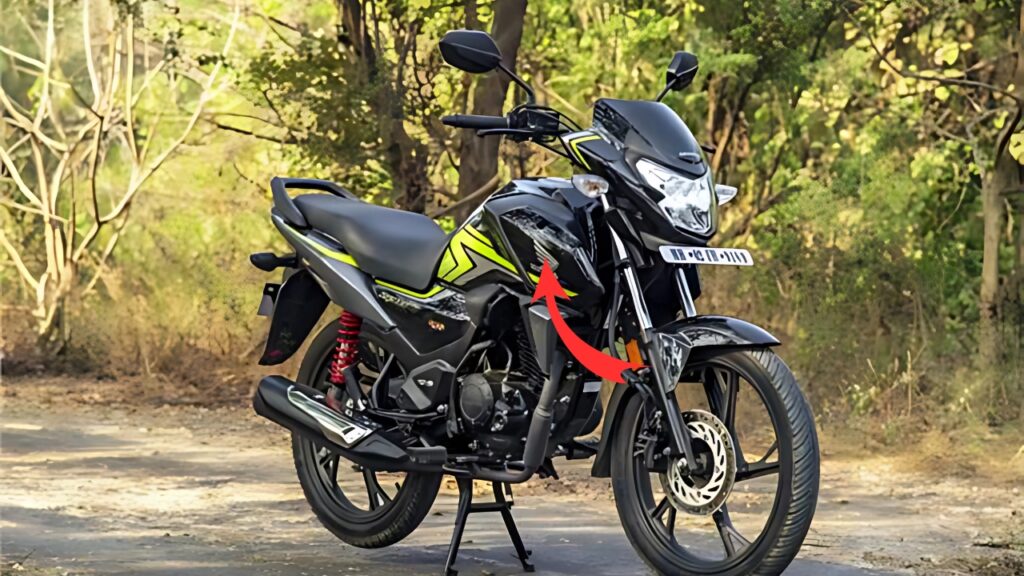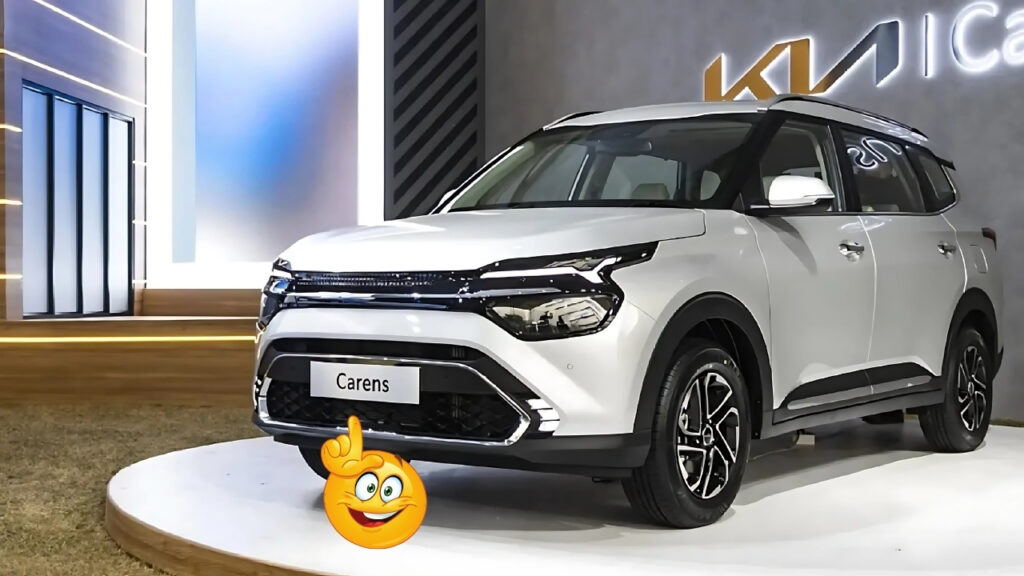Rajdoot 175: The story of the Rajdoot 175 begins in the 1960s when India’s motorcycle market was in its nascent stages.
Escorts Limited, primarily known for agricultural equipment, sought to diversify its portfolio by entering the growing two-wheeler segment.
The company established a technical collaboration with Jawa, a respected Czechoslovakian motorcycle manufacturer known for robust, reliable machines.
Under this agreement, Escorts began manufacturing the Rajdoot 175 in 1961 at its Faridabad plant.
The motorcycle was essentially the Indian version of the Jawa 250 Type 353, though with a reduced engine displacement of 173cc to better suit Indian conditions and regulatory requirements.
This adaptation demonstrated an early understanding of the need to localize products for the Indian market rather than simply importing foreign designs unchanged.
Production continued for an impressive three decades, with the basic design remaining largely consistent throughout its lifespan – a testament to both the soundness of the original engineering and the motorcycle’s perfect fit for Indian conditions.
Minor updates were introduced over the years, but the Rajdoot’s fundamental character remained unchanged until production finally ceased in the early 1990s.
Table of Contents
Rajdoot 175: Technical Specifications and Design

The heart of the Rajdoot 175 was its 173cc, two-stroke, air-cooled, single-cylinder engine.
This powerplant produced approximately 7.5 horsepower at 4,500 rpm and 12.7 Nm of torque at 3,500 rpm – modest figures by modern standards but entirely appropriate for the era and intended use.
The engine featured a simple piston-port induction system that prioritized reliability over maximum performance, making it exceptionally durable even under harsh conditions and irregular maintenance.
Power was transmitted through a three-speed gearbox with a foot-operated shifter, unusual for its time when many motorcycles still used hand-shift mechanisms.
This arrangement provided more intuitive control and freed the rider’s hands to remain on the handlebars during gear changes, enhancing safety and ease of operation.
The wet multi-plate clutch offered smooth engagement and reasonable durability despite the rigors of Indian traffic conditions.
The frame was a conventional double-cradle design constructed from tubular steel, providing good rigidity and strength while allowing relatively straightforward manufacturing.
Suspension consisted of telescopic forks at the front and dual shock absorbers at the rear, offering adequate travel to absorb the irregularities of India’s varied road surfaces.
Braking was handled by drum brakes front and rear, with a 130mm diameter unit at the front and a 110mm unit at the rear.
While not particularly powerful by modern standards, these brakes provided adequate stopping power given the motorcycle’s modest performance and the prevailing traffic conditions of the era.
The Rajdoot’s styling was distinctively European, reflecting its Jawa heritage with a rounded fuel tank, substantial fenders, and clean lines.
The headlight nacelle incorporated the speedometer and other instrumentation, creating a clean, integrated appearance.
The prominent Rajdoot badging on the fuel tank became instantly recognizable on Indian roads, establishing a strong brand identity that contributed to the model’s success.
The Riding Experience
The Rajdoot 175 offered a riding experience that perfectly matched the needs of its target market. The seating position was upright and comfortable, ideal for navigating crowded urban streets or covering longer distances on open roads.
The wide handlebars provided good leverage for low-speed maneuvering, while the relatively low center of gravity made the motorcycle stable and predictable even for less experienced riders.
The engine’s character defined much of the riding experience. Like most two-strokes of the era, it delivered power in a relatively narrow band, requiring judicious use of the gearbox to maintain momentum.
However, the torque curve was well-suited to everyday riding, providing adequate pull from low rpm for urban traffic situations.
The distinctive two-stroke exhaust note became part of the motorcycle’s identity – a sound that still evokes nostalgia among those who experienced the era.
Fuel efficiency was a significant consideration for Indian riders, and the Rajdoot delivered respectable economy for a two-stroke, typically achieving around 35-40 kilometers per liter under normal conditions.
The 13-liter fuel tank provided a useful range of approximately 450-500 kilometers between refills, making the motorcycle practical for both urban commuting and longer journeys.
The ride quality was reasonably compliant given the technology of the period, with the suspension adequately absorbing road irregularities to provide acceptable comfort.
The 18-inch wheels contributed to stability and the ability to roll over obstacles, an important consideration given the varied road conditions encountered across India.
Cultural Impact and Social Significance
Few motorcycles have achieved the cultural penetration that the Rajdoot 175 managed during its production run.
It became far more than just a mode of transportation, taking on various roles and significance across different segments of Indian society.
For middle-class families, the Rajdoot represented aspirational mobility – often the first powered vehicle owned by a household and a significant step up from bicycle transportation.
It enabled expanded employment opportunities by increasing the practical commuting radius and provided newfound freedom for weekend leisure activities.
Family outings with two adults and one or two children balanced precariously but happily on the single seat were a common sight on Indian roads during the 1970s and 80s.
In rural areas, the Rajdoot gained legendary status for its reliability and versatility. It served as everything from a personal vehicle to an impromptu goods carrier, with farmers often using ingeniously crafted attachments to transport produce, equipment, and even livestock.
The motorcycle’s robust construction and mechanical simplicity meant that it could be repaired by local mechanics with basic tools and limited spare parts – a crucial advantage in areas far from authorized service centers.
Government departments and public services adopted the Rajdoot in significant numbers, with postal workers, police officers, and district officials using the motorcycle for their daily duties.
This official adoption further cemented the model’s reputation for reliability and established it as a trusted workhorse rather than a luxury item.
Perhaps most significantly, the Rajdoot played a crucial role in India’s mechanical education.
Its straightforward design allowed owners to understand, maintain, and repair their own machines, creating a generation of mechanically knowledgeable riders who developed a deeper relationship with their vehicles than is typical today.
Many of India’s current motorcycle mechanics and engineers got their first exposure to internal combustion principles through tinkering with the accessible engines of motorcycles like the Rajdoot.
Nickname and Popular Culture
The Rajdoot 175 earned several affectionate nicknames during its lifetime, with “Rajdoot” itself becoming a generic term for motorcycles in some regions of India – similar to how “Xerox” became synonymous with photocopying.
However, its most famous moniker was undoubtedly “Rajhans” (Royal Swan), reflecting both its graceful appearance and the smooth riding experience it offered compared to competitors.
In Indian cinema and television, the Rajdoot made countless appearances as the reliable steed of heroes and common characters alike.
Its distinctive styling made it instantly recognizable on screen, and its presence in films further enhanced its status in popular culture.
For many Indians, the image of a dashing hero astride a Rajdoot 175 represented a particular moment in the country’s cultural history – a time of optimism, emerging mobility, and new possibilities.
Legacy and Collector Status
As production of the Rajdoot 175 wound down in the early 1990s, superseded by more modern designs with four-stroke engines and advanced features, many predicted that the motorcycle would gradually fade from India’s roads and collective memory.
Instead, something remarkable happened – the Rajdoot transitioned from everyday transportation to cherished classic, with well-maintained examples becoming increasingly sought after by collectors and enthusiasts.
Today, surviving Rajdoot 175s command respect at vintage motorcycle gatherings, with restored examples often fetching prices that far exceed their original cost.
Owners’ clubs have formed to preserve these machines and the knowledge required to maintain them, organizing rallies, parts exchanges, and restoration workshops that keep the Rajdoot legacy alive.
The motorcycle’s influence extends beyond the surviving examples. Its long production run and widespread use created a pool of mechanical knowledge, spare parts, and service expertise that supported India’s growing motorcycle culture.
Many of the repair techniques and maintenance practices developed for the Rajdoot were applied to subsequent generations of motorcycles, creating continuity in India’s mechanical traditions.
Rajdoot 175: More Than a Motorcycle
The Rajdoot 175 represents more than just a successful product or a well-engineered machine – it embodies a pivotal chapter in India’s mobility story.
During a period of limited transportation options and developing infrastructure, it provided reliable, affordable mobility that expanded opportunities and connected communities.
Its straightforward design and mechanical accessibility fostered a culture of self-reliance and technical understanding that influenced how Indians approached motorcycle ownership.
Rather than being intimidated by technology, Rajdoot owners typically developed hands-on relationships with their machines, understanding their operation and maintaining them personally or through local expertise.
While more technologically advanced motorcycles have long since superseded the Rajdoot 175 in India’s market, none can claim the same depth of cultural impact or the affection with which this model is remembered.
As India’s motorcycle industry has grown to become one of the world’s largest, with sophisticated domestic manufacturing and indigenous designs, the humble Rajdoot stands as an important forebearer – a machine that helped create the conditions for the vibrant two-wheeler culture that defines modern Indian mobility.
The Rajdoot 175’s legacy lives on not just in preserved examples but in the mechanical traditions, riding practices, and cultural associations it helped establish.
For a generation of Indians, the distinctive sound of its two-stroke engine will always evoke a specific time and place – a period when mobility was expanding, horizons were broadening, and the reliable Rajdoot was ready to take them wherever they needed to go.





